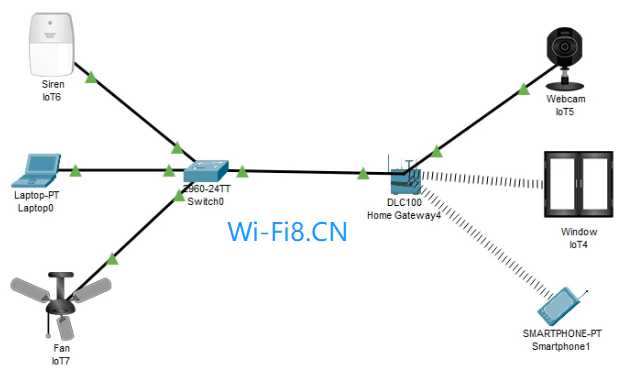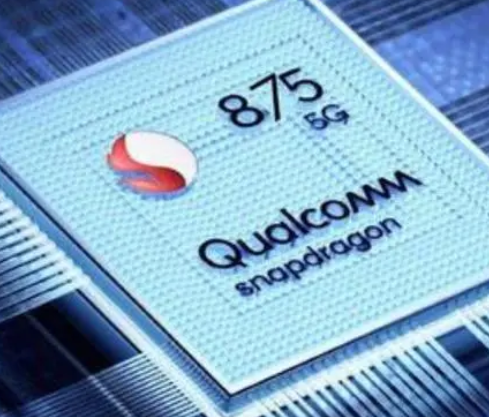WiFi module R&D technology breakthrough and application. What does wifi stand for and how does it work?
What does wifi stand for and how does it work?
WiFi is a wireless fidelity technology designed to communicate over short distances through electromagnetic waves.

WiFi module R&D technology breakthrough and application – What is IOT – Types of IOT Devices
WiFi technology is based on the IEEE 802.11 protocol family, using the frequency band around 2.4GHz to support high-speed data transmission. The working principle of WiFi can be summarized in the following steps:
1. Connection: Users connect personal computers, handheld devices and other terminals to a WiFi network through WiFi routers.
2. Signal transmission: WiFi signals are transmitted to the terminal equipment through electromagnetic waves, and the terminal equipment receives the signal and processes it.

Application of IoT technology
3. Authentication: The terminal device authenticates the WiFi network to confirm the availability and security of the network.
4. Data transmission: After successful authentication, the terminal device can transmit data through the WiFi network, including text, images, videos, etc.
5. Disconnect: When the terminal device no longer needs to connect to the WiFi network, the system will automatically disconnect.
In short, WiFi technology is a convenient and efficient wireless communication technology, which is widely used in homes, offices, public places and other scenarios.
WiFi module R&D technology breakthrough and application
Wifi articles, WiFi technology research and development academic articles, wifi 6 research paper.
WiFi module research and development: technological breakthrough and application expansion
introduction
In today’s Internet of Things era, intelligent equipment and connection stability have become important indicators to measure products. Among them, WiFi module, as the core component to realize device connection and communication, its research and development and application have attracted much attention. This article will introduce the basic knowledge and related technologies of WiFi module development, as well as its application in different scenarios.

Practical application of IoT technology
Background
WiFi module is an embedded module that integrates wireless communication functions, mainly providing wireless connection functions for IoT devices. It is based on the IEEE 802.11 protocol family and supports Bluetooth, Zigbee, Thread and other IoT communication protocols. WiFi modules are usually composed of antennas, RF chips, baseband chips, memory, etc., with high performance, low power consumption, small size and other characteristics.

wifi router for iot devices
Frontier of R&D
At present, the hot spots of WiFi module research and development mainly focus on the following aspects:
New antenna technology: Develop higher gain, wider band antennas to improve the transmission quality of WiFi signals.
5GHz signal transmission technology: With the popularization of 5G technology, the demand for 5GHz WiFi modules is also increasing.

THE FREE INTERNET SECRET IS VERY SIMPLE
Low-power technology: By optimizing the chip design and algorithm, the standby power consumption of the WiFi module is reduced and the battery life of the device is extended.
R&D process
The R&D process of WiFi module includes the following links:
Demand analysis: clarify product functions, performance and specification requirements, and determine the direction of research and development.

How IoT Technology Works in The Oil and Gas Industry Operations
Design: Design antennas, RF chips, baseband chips, etc. to optimize module performance.
Simulation: Through simulation testing and data analysis, verify the performance indicators of the module.
Experiment: Practical application tests are carried out to ensure the stability and reliability of the module.
Mass production: Mass production to meet the market demand for WiFi modules.
Technological innovation
The technological innovation in the research and development of WiFi modules mainly includes the following aspects:
New materials: New materials are used to make antennas to improve signal transmission quality.
New structure: Design a smaller, thinner antenna structure to facilitate device integration.
New algorithm: Optimize the communication protocol algorithm to improve the efficiency and stability of data transmission.
WiFi technology research and development
WiFi technology research and development refers to the process of researching and developing WiFi technology to meet the evolving needs of the network. The main areas of WiFi technology research and development include:
1. Protocol specification research: Research and develop new protocol specifications to support higher data rates and more reliable communication.
2. Hardware design: research and development of high-performance, low-power hardware to support the realization of WiFi functions.
3. Software implementation: research and development of efficient software algorithms to support the realization of WiFi functions.
4. Antenna technology: research and development of high-performance, high-efficiency antenna technology to support the realization of WiFi function.

wifi IoT devices – LoRa for Home Automation
5. Security technology: research and development of more secure security technology to protect the security of WiFi network and user data.
6. Application scenario research: research and develop the application of WiFi technology in different application scenarios to support the development of WiFi technology.
U.S. WiFi technology research and development
Best wifi in USA
The research and development of WiFi technology in the United States is a global leader. Since the 90s of the 20th century, the United States has been promoting the development of WiFi technology and has provided a lot of funding and policy support. The U.S. government’s support for WiFi technology is mainly reflected in the following aspects:
1. Financial support: Institutions such as the National Science Foundation (NSF) and the Defense Advanced Research Projects Agency (DARPA) have provided a large amount of financial support for WiFi technology research.
2. Policy support: The U.S. government has issued a series of policies to encourage enterprises and academic institutions to participate in the research and development of WiFi technology.

STM32 Interfacing RLYR998 LoRa Module Range Test Teaser
3. Technological innovation: The United States has carried out a lot of research on hardware design, software implementation, antenna technology and security technology of WiFi technology, which has promoted the continuous innovation of WiFi technology.
4. Standard formulation: The United States is one of the main standard setters of WiFi technology, promoting the standardization and standardization of WiFi technology.
In short, the US government’s support for WiFi technology provides a solid foundation and guarantee for the development of WiFi technology in the United States.








